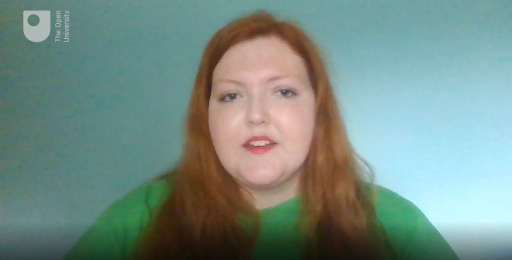2.1 Applications, interviews and assessment centres
Many different aspects of recruitment can influence the diversity and inclusivity of your organisation. You’ll look briefly at some of the key features in this section.
Applications
If your application process involves a CV, then the applicant can obviously choose what they tell you and how they share it. However, if you use an application form, you’ll need to ensure the use of inclusive language in your questions.
Think about whether the questions you are asking are all necessary. Are they all inclusive? For example, do you really need to know the gender of the applicant? If you do, asking for their preferred pronoun can be a positive, inclusive gesture.
Many graduate recruiters have traditionally focused on specific degree level requirements, e.g. a 2.1 or above, but some employers have now removed that expectation, testing skills and strengths in more inclusive ways to enable access to a wider range of candidates.
If you want to view a basic example of an application form, ACAS provides a simple template here [Tip: hold Ctrl and click a link to open it in a new tab. (Hide tip)] .
Shortlisting
Norman (no date) offers two useful pieces of advice for making this process fair:
- Have at least two people shortlisting in a formal meeting setting so they can actively challenge any assumptions made by the other.
- Assess the applications after the personal information has been removed by an individual who is not involved in the process. This will ensure that you remove any unconscious bias against diverse applicants.
This is often known as anonymised recruitment.
In addition to this, a diverse panel of shortlisters would be ideal, to avoid similar people choosing individuals with the same backgrounds as them.
It is also possible to purchase software, which aims to make the recruitment process more inclusive. Here is Sophie Washington, one of the employers we interviewed, discussing a new tool that her organisation is trialling.


